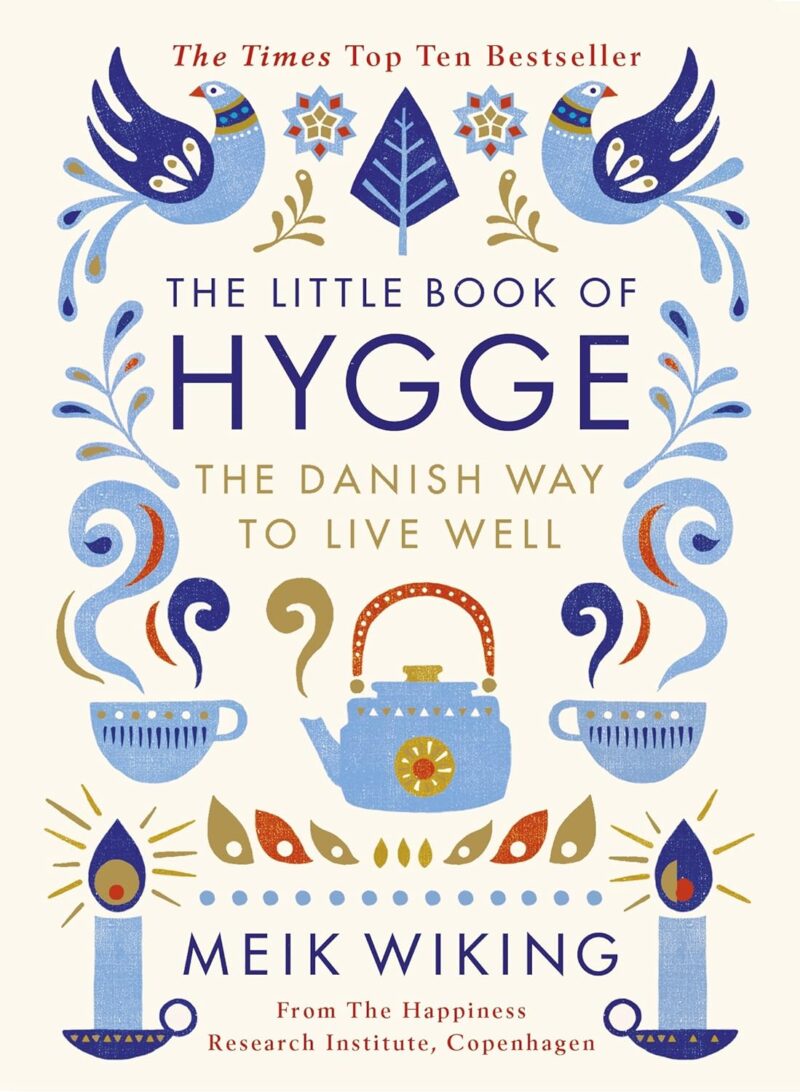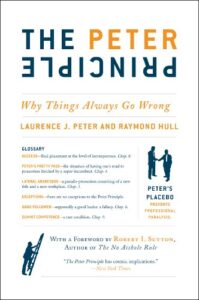Embracing Hygge: The Danish Secret to Everyday Joy
"The Little Book of Hygge" delves into the essence of hygge, emphasizing its role in everyday joy, comfort, and well-being.
Subjects: self help
In the ever-evolving world of self-help and wellness literature, few concepts have captured the global imagination quite like the Danish philosophy of ‘hygge’. But what is hygge? Is it a mood? A lifestyle? A design aesthetic? In “The Little Book of Hygge“, the author takes us on a profound journey into the heart of this Danish phenomenon, offering readers a chance to not just understand it, but to feel it.
From the book’s introduction, the author sets the tone, stating, “Hygge has been called everything from ‘the art of creating intimacy’, ‘cosiness of the soul’ and ‘the absence of annoyance’ to ‘taking pleasure from the presence of soothing things’, ‘cosy togetherness’ and, my personal favourite, ‘cocoa by candlelight’.” This passage encapsulates the multifaceted nature of hygge. It’s not just about physical comfort but also about emotional and spiritual well-being.
The narrative is peppered with personal anecdotes that make the concept come alive. One particularly evocative passage describes a winter evening spent with friends in a cabin: “We were all tired after hiking and were half asleep, sitting in a semicircle around the fireplace in the cabin, wearing big jumpers and woollen socks. The only sounds you could hear were the stew boiling, the sparks from the fireplace and someone having a sip of their mulled wine.”
Such moments, as described in the book, underscore the essence of hygge – it’s about cherishing the simple, everyday moments, finding joy in the mundane, and creating an atmosphere of warmth, comfort, and togetherness.
The author also delves into the linguistic challenges of translating and explaining hygge. As he rightly points out, some words are easy to translate, like tangible objects. But when it comes to intangible concepts like hygge, the translation becomes more complex. This linguistic exploration adds depth to the narrative, making readers appreciate the uniqueness of the concept.
One of the standout sections of the book is the “HYGGE DICTIONARY”, which introduces readers to various hygge-related terms. For instance, “Fredagshygge/Søndagshygge” refers to the hygge one experiences on Fridays or Sundays. Such terms provide readers with a richer vocabulary to understand and express their own hygge moments.
But beyond the coziness and comfort, the book also touches upon the profound impact of hygge on happiness and well-being. The author, drawing from his experience at the Happiness Research Institute, posits that hygge might be a significant driver for everyday happiness. He writes, “Hygge gives us the language, the objective and the methods for planning and preserving happiness – and for getting a little bit of it every day.”
To further enhance the hygge experience, the author provides practical tips, such as creating an “emergency hygge kit” complete with your favorite tea, book, film, and even a pair of woolen socks. These tangible suggestions make the philosophy accessible and actionable for readers.
In conclusion, “The Little Book of Hygge” is an invitation to embrace a philosophy that has the potential to transform our everyday lives. Through personal anecdotes, linguistic explorations, and practical advice, the author offers a comprehensive guide to understanding and practicing hygge. It’s a must-read for anyone seeking to find joy in the simple moments and to create a life filled with warmth, comfort, and happiness.
“You don’t spell it, you feel it.” – This quote from the book perfectly encapsulates the essence of hygge. It’s not just a word; it’s an experience, a feeling, a way of life. And this book is your perfect companion on this journey of discovery.
#Hygge, #Danish, #Happiness, #Well-being, #Comfort, #Joy, #Everyday, #Philosophy, #Warmth, #Togetherness, #Lifestyle, #Intimacy, #Cosiness, #Soul, #BookReview, #Culture, #Tradition, #Embrace, #Secret, #LifeQuality




